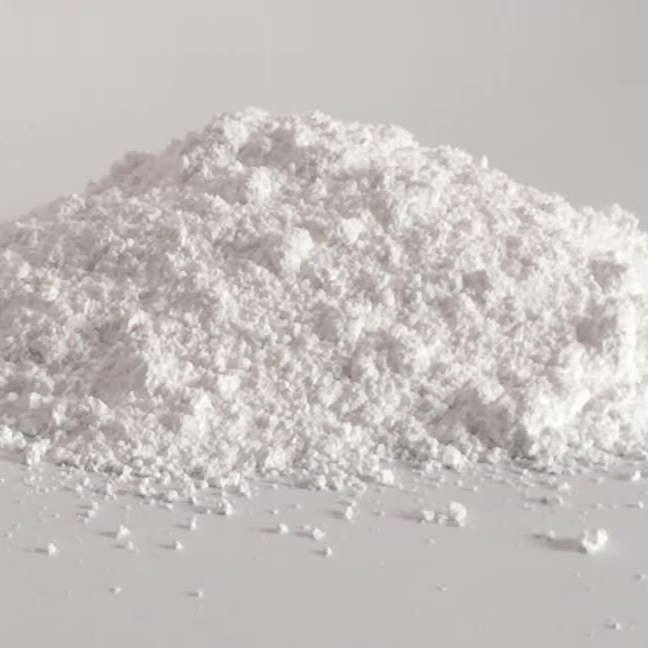Calcium carbonate, or CaCO3, comprises more than 4% of the earth’s crust and is found throughout the world. Its most common natural forms are chalk, limestone, and marble, produced by the sedimentation of the shells of small fossilized snails, shellfish, and coral over millions of years. Although all three forms are identical in chemical terms, they differ in many other respects, including purity, whiteness, thickness, and homogeneity. Calcium carbonate is one of the most useful and versatile materials known to man.
Uses
Paper, Plastics, Paints, and Coatings: Calcium carbonate is the most widely used mineral in the paper, plastics, paints and coatings industries both as a filler – and due to its special white color – as a coating pigment. In the paper industry it is valued worldwide for its high brightness and light scattering characteristics, and is used as an inexpensive filler to make bright opaque paper. Filler is used at the wet-end of paper making machines, and calcium carbonate filler allows for the paper to be bright and smooth. As an extender, calcium carbonate can represent as much as 30% by weight in paints. Calcium carbonate also is used widely as a filler in adhesives, and sealants.
Personal Health and Food Production: Calcium carbonate is used widely as an effective dietary calcium supplement, antacid, phosphate binder, or base material for medicinal tablets. It also is found on many grocery store shelves in products such as baking powder, toothpaste, dry-mix dessert mixes, dough, and wine. Calcium carbonate is the active ingredient in agricultural lime, and is used in animal feed. Calcium carbonate also benefits the environment through water and waste treatment.
Building Materials and Construction: Calcium carbonate is critical to the construction industry, both as a building material in its own right (e.g. marble), and as an ingredient of cement. It contributes to the making of mortar used in bonding bricks, concrete blocks, stones, roofing shingles, rubber compounds, and tiles. Calcium carbonate decomposes to form carbon dioxide and lime, an important material in making steel, glass, and paper. Because of its antacid properties, calcium carbonate is used in industrial settings to neutralize acidic conditions in both soil and water
Calcium carbonate Specifications
CaCo3: 99.20%
Mgco3: 0.20%
Fe2O3 : 0.01%
HCI insoluble content 0.20%
Whiteness: 96%
Yellowness index: 0.80%
Moisture works: 0.20%
Hardness by Moh”s: 3 Moh”s
Packed bulk density: 1.1 g/ml
pH value: 9
Oil absorption: 16 g/100g
Stearic acid: 1.00%
Quick Details
- Hand feel: soft
- Sample: aveliable
- Payment: T/T & L/C
- MOQ: 25 MT
- Purity: 99.2% min
- Product Name: Calcium carbonate
- Usage: Paper, Plastics, Paints, Coatings, Personal Health and Food Production
- Classification: Calcium
- Port: Alexandria
- Material Type: Mineral materials
- Color: White
- Place of Origin: Egypt
Supply Ability
- Supply Ability: 1000 MT
Packaging & Delivery
- Packaging: jumbo bags or as required
- Selling Units: MT
- :


